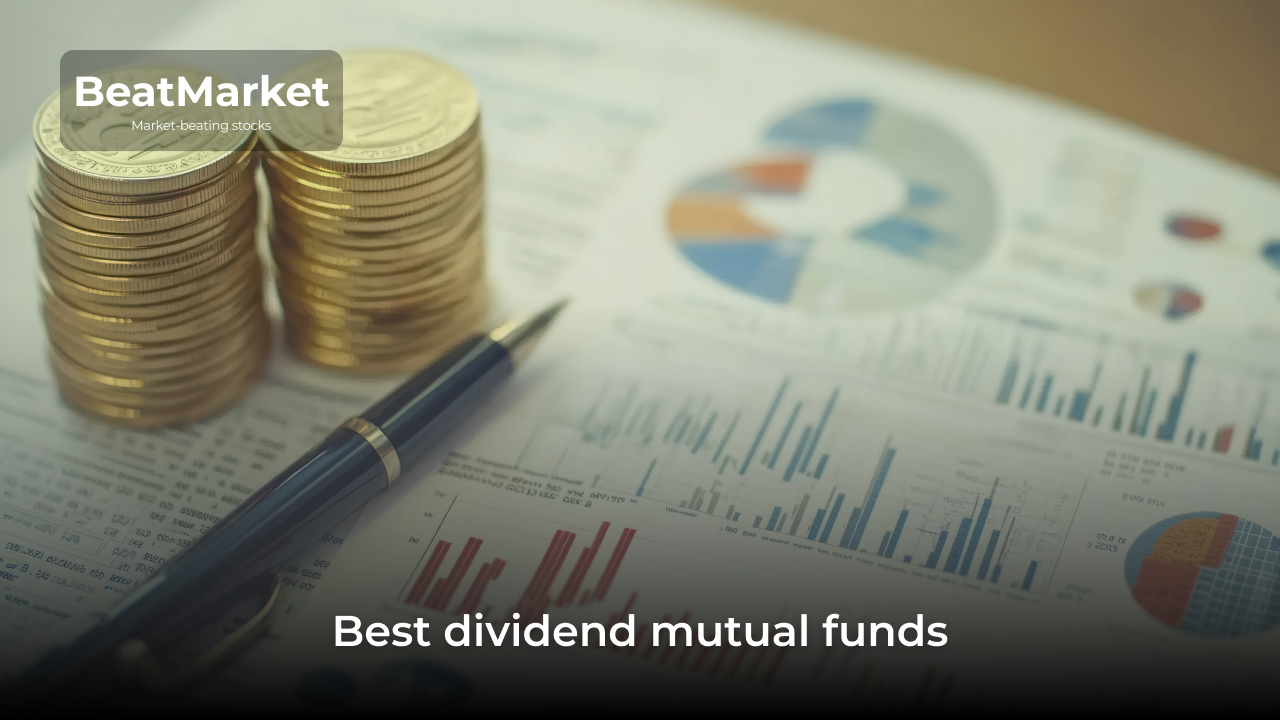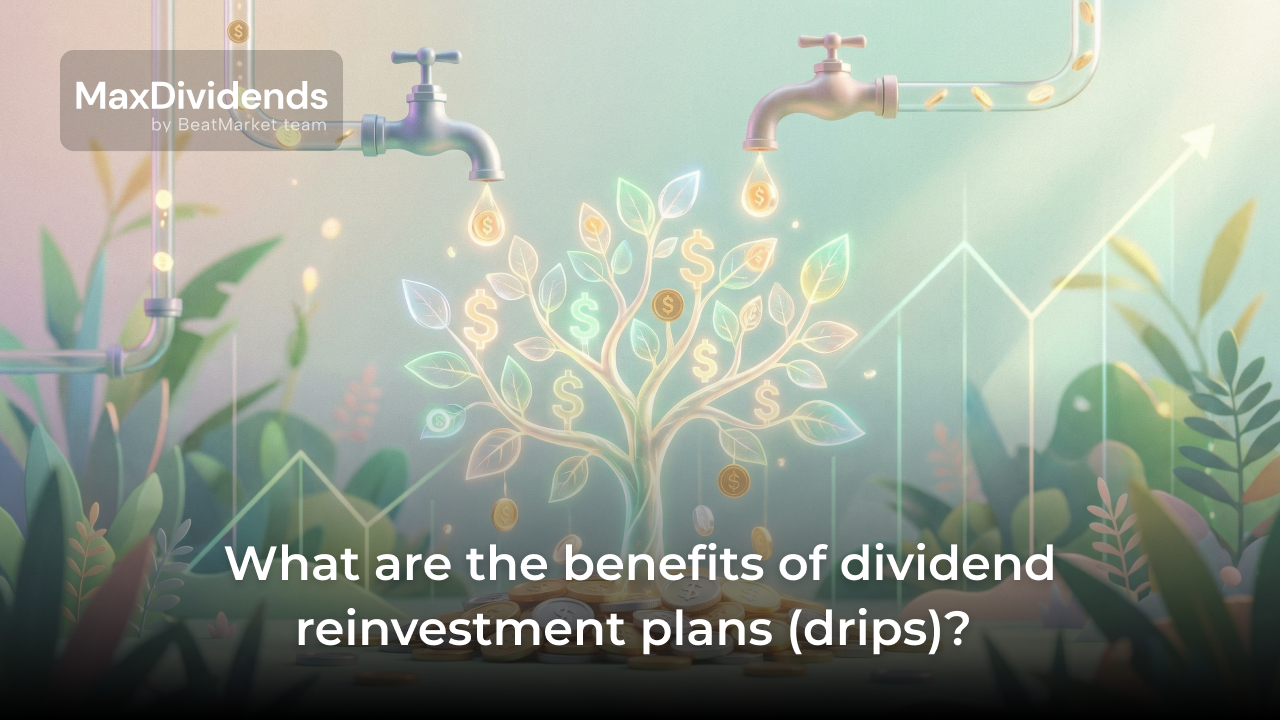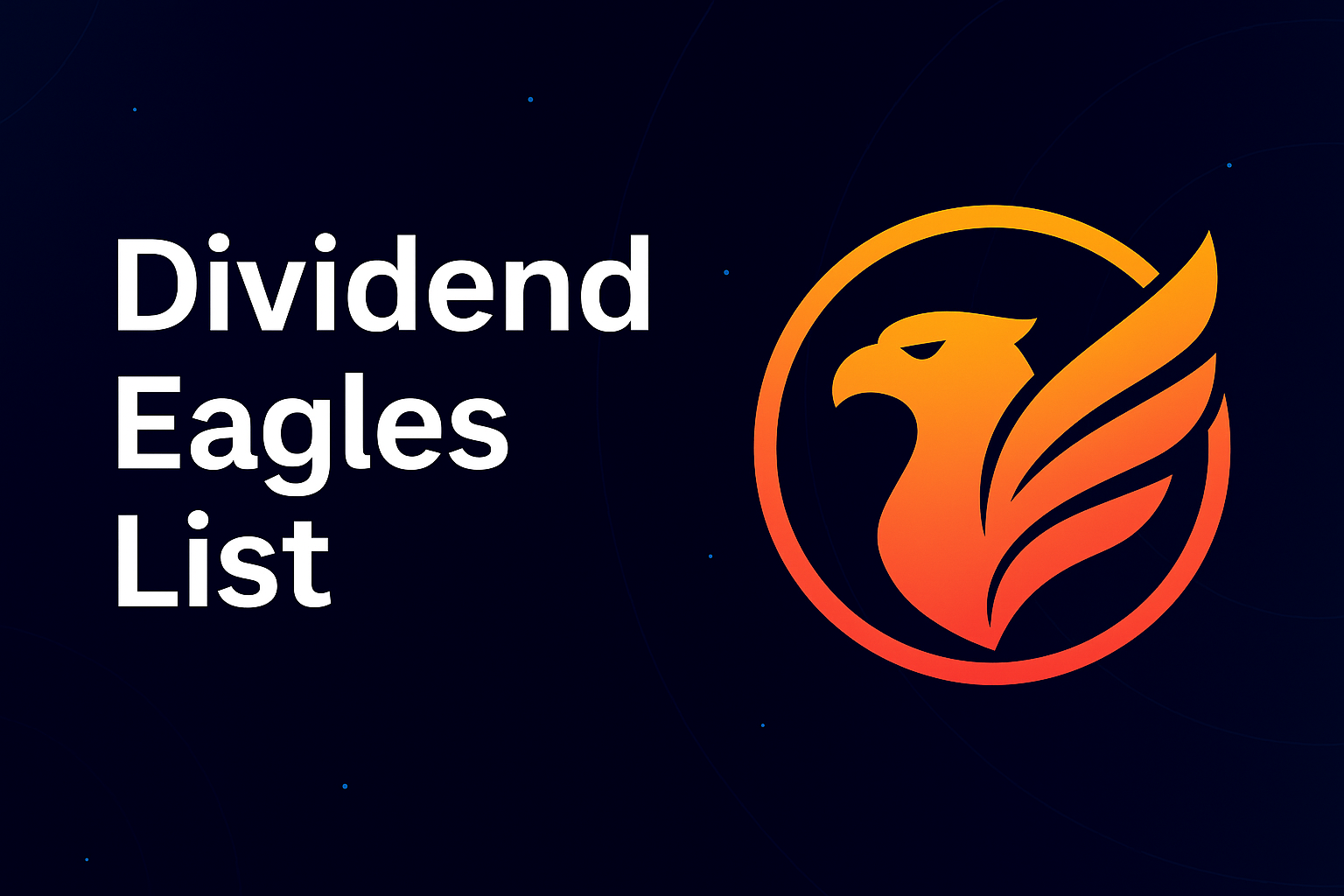The advantages of investing in mutual funds include professional management, liquidity, and diversification of assets. The latter provides lower risk.
In this article, we will discuss the features of dividends from mutual funds and their role in wealth management growth strategies. We will also provide a list of the best mutual funds for dividends. Their holdings have high dividend yields and generate consistent income.
Table of Contents
Key Takeaways
- Assets of mutual funds with dividends consist of dividend-paying securities and interest-bearing securities. The money received from these investments is distributed by the funds among their shareholders.
- Dividends are a portion of company profits that the company allocates to shareholders.
- Interest refers to payments on debt instruments, such as bonds.
High Dividend Mutual Funds: An Introduction
High-dividend-yield mutual funds primarily invest in high-dividend stocks. To maintain a consistent income, managers additionally utilize high-coupon bonds. The fund distributes the money received from these securities to its shareholders.
Dividend distributions are made at least once a year. A drawback of a dividend mutual fund is the tax liability that arises for investors if they do not use tax-advantaged accounts.
Growth-oriented mutual funds hold only a small proportion of dividend-paying stocks. Their investment objective is to achieve returns through capital gains, which are created when the value of securities in the markets increases.
Understanding Dividends Paid From Mutual Funds
The fund distributes profits to shareholders based on the dividends received from its assets. On the declaration date, three key dates are announced:
- set amount per share;
- the record date;
- the payment date.
A high-dividend-yield mutual fund is suitable for maximizing current income. Growth-oriented mutual funds tend to pay small dividends.
Important Distribution Considerations
Dividend distributions occur according to a regular schedule established by the fund. The frequency can be monthly, quarterly, semiannually, or annually.
Shareholders may choose to receive dividends in cash or reinvest them to acquire additional fund shares.
How Interest Payments from Dividend Paying Mutual Funds Are Calculated
Income distribution mutual funds invest in dividend-bearing stocks and interest-bearing bonds. The latter provide a guaranteed payment. The size of the coupon payment is a percentage of the bond’s face value. For most issues, it remains constant.
The management company allocates the net income to shareholders. The dividend yield mutual funds’ dividend income depends on the yield of its assets.
Note on Returns Reporting
The fund fact sheet should provide information on the total growth of shareholders’ investments, capital gains, and dividend distributions.
Note! It is important to ensure that the reported historical returns are not overstated due to the reinvestment of dividends.
Record Date for Mutual Funds That Pay Dividends
The record date is the day on which the fund compiles a list of shareholders who are eligible to receive distributions. Investors who purchase shares on or before this date will receive the upcoming dividend distribution.
Ex-Date
The ex-date is typically on the same business day as the record date. Investors who purchase shares on this day will not be eligible for the upcoming distribution. Therefore, the share price and NAV decrease by the amount of the dividend payment, excluding market fluctuations.
Aggregation and Timing
Most companies pay quarterly dividends. The fund collects these dividends from fixed-income securities and takes a pro rata distribution among its shareholders. It may also offer monthly dividends.
The fund has the right to the retained dividends to ensure consistency of payouts during periods when assets generate low income.
Dividend Payouts from Mutual Funds
Dividends will be paid to the investor regardless of how many days have passed between the buy shares and the record date. Some people use a ‘buying a dividend’ strategy. They invest in the fund before the record date and soon receive a check.
However, this strategy is not optimal from a tax perspective if the fund distributes qualified dividends. For these payouts to be taxed at the capital gains rate, the shares must be held for at least 60 days.
It is important to note that tax obligations arise even if dividends are reinvested.
Dividend Reinvestment
Until retirement, people often prefer to reinvest dividends. This can be automated through a broker or via the dividend reinvestment plan offered by the mutual fund. The latter usually only allows automatic reinvestment only in the stocks within its fund family. A broker’s dividend reinvestment plan usually offers more flexibility.
Tax Implications of Dividend Mutual Funds
Even if the investor prefers to reinvest dividends rather than receive them in cash, mutual fund distributions are subject to taxes. Information about paid dividends is reported on Form 1099-DIV. Details of tax rates can be found on the IRS website or by consulting a tax advisor.
One effective way to optimize is through tax-advantaged accounts, such as individual retirement accounts (401(k) and 403(b)).
Tax Reporting and Share Price
The principles governing dividends from mutual funds are the same as those for exchange traded funds and real estate investment trusts:
- To be eligible for the payout, you must become a shareholder before the ex-date.
- On the ex-date, the share price usually falls by roughly the same amount as the dividend.
- Information about payouts is reported on Form 1099-DIV.
Unlike distributions from master limited partnerships, dividends from mutual funds that pay out dividends are taxed as ordinary income in the year they are received. Therefore, such assets are advantageous to purchase within a tax-advantaged retirement plan. If held in regular bank accounts, the tax rate can be as high as 37%.
5 Things to Watch in a Dividend Mutual Fund
To find the top-performing funds for dividends, the following criteria can be helpful:
- Dividend yield or 30-day SEC (Securities and Exchange Commission) yield.
- Dividend growth rate and the sustainability of payouts based on past performance.
- Long-term returns.
- Expense ratio (which is lower for index funds compared to actively managed funds).
- Holdings and their diversification.
- Investment risk, which depends on the composition of assets.
Best High Dividend Mutual Funds
Below is a list of the top dividend mutual funds. These are managed by major companies—Vanguard and T. Rowe Price. The list includes both index funds and actively managed funds. Only no sales load funds that demonstrate dividend growth are included.
Vanguard Dividend Appreciation Index Admiral Shares (VDADX)
- Dividend yield – 1.83%.
- 5-year return – 13.04%.
- Expense ratio – 0.07%.
The top position in the list of best dividend mutual funds is held by the index fund VDADX. It tracks the S&P U.S. Dividend Growers Index. Its holdings include large-cap growth stocks and value stocks.
T. Rowe Price Dividend Growth Fund (PRDGX)
- Dividend yield – 4.58%.
- 5-year return – 13.59%.
- Expense ratio – 0.64%.
PRDGX is an actively managed fund. Its holdings include mid-cap stocks and large-cap stocks. The fund manager selects companies that demonstrate sustainable growth in areas such as sales and earnings.
Vanguard Dividend Growth Investor Shares (VDIGX)
- Dividend yield – 13.72%.
- 5-year return – 11.35%.
- Expense ratio – 0.29%.
VDIGX invests in high-quality companies that demonstrate strong earnings growth. The fund’s assets include large-cap stocks from which experts expect dividend growth. The fund’s portfolio has good diversification with a diversified weighting across different sectors.
Vanguard High Dividend Yield Index Admiral Shares (VHYAX)
- Dividend yield – 2.91%.
- 5-year return – 13.22%.
- Expense ratio – 0.08%
VHYAX is a passively managed fund that tracks the FTSE High Dividend Yield Index. This index includes large-cap value stocks that pay above-average dividends.
Vanguard Equity-Income Investor Shares (VEIPX)
- Dividend yield – 9.83%.
- 5-year return – 13.53%.
- Expense ratio – 0.27%.
VEIPX is an actively managed fund focused on undervalued stocks that pay above-average dividends. Its assets include mid-cap stocks and large-cap value stocks.
A similar investment strategy is offered by Vanguard Equity Income Fund Admiral Shares class (VEIRX). Its benefit is lower expenses—0.18%. The drawback is a higher minimum investment of $50,000 instead of $3,000.
Frequently Asked Questions About Mutual Funds That Pay Dividends
To automatically direct dividends to purchase additional shares of income distribution mutual funds, it is necessary to connect a dividend reinvestment plan. Such services are provided by almost all mutual funds.
When selecting individual stocks, attention is paid to long-term earnings growth, strong cash flows, and the dividend-coverage ratio. When it comes to the best dividend paying mutual funds, the composition of assets, expense ratio, and other details are considered.
Interest coupons are fixed payments received by bondholders. Share dividends depend on company profits and dividend policy. For common stocks, these payouts are not guaranteed.
Income distribution mutual funds invest in both shares and bonds. These types of funds are known as balanced or hybrid funds. They are considered to be lower risk than equity funds.
Bottom Line on Choosing Dividend Paying Mutual Funds
Dividends, along with the rising fund price, are a key source of investor returns. They play an important role in long-term wealth building strategies.
The principal advantage of income distribution mutual funds is lower risk through diversification. A decline in profits of one company will have a minimal impact on the fund’s results. Other benefits include professional management of the portfolio securities and liquidity.
The key property of dividends on common stocks is the potential for growth, whereas bondholders’ earnings consist of fixed-income payments.
FAQ
What is the best mutual fund for dividends?
The best dividend mutual fund among the listed options can be considered Vanguard Dividend Appreciation Index Admiral Shares (VDADX).
Which mutual fund is best for monthly dividends?
Among high-dividend mutual funds that pay every month, Vanguard Intermediate-Term Tax-Exempt Fund Investor Shares (VWITX) can be noted. The dividend yield as of early May 2025 is 3.32%.
Do you pay taxes on mutual fund dividends?
Dividend income is subject to taxation in the year it is received. This rule applies even when using an automatic reinvestment plan to purchase additional fund shares. Investors receive information about the tax basis in the form of a Form 1099-DIV.
Are dividend mutual funds a good idea?
Dividend growth mutual funds have many advantages. They provide investment diversification, show attractive total return, and allow automatic reinvestment of payouts. Another positive aspect is liquidity.
Who pays the highest monthly dividends?
Among high dividend yield funds, Nuveen Variable Rate Preferred & Income Fund (NPFD) can be noted. Its forward yield on payouts is 10.29%.
Article Sources
- Bergstresser, D., & Poterba, J. (2022). “Do after-tax returns affect mutual fund inflows?” Journal of Financial Economics, 63(3), 381-414.
- Fama, E. F., & French, K. R. (2019). “Luck versus Skill in the Cross-Section of Mutual Fund Returns.” Journal of Finance, 65(5), 1915-1947.
- Del Guercio, D., & Tkac, P. A. (2020). “The determinants of the flow of funds of managed portfolios: Mutual funds vs. pension funds.” Journal of Financial and Quantitative Analysis, 37(4), 523-557.
- Elton, E. J., Gruber, M. J., & Blake, C. R. (2022). “Incentive Fees and Mutual Funds.” Journal of Finance, 58(2), 779-804.
- Comer, G., Larrymore, N., & Rodriguez, J. (2021). “Measuring the Value of Active Fund Management: The Case of Hybrid Mutual Funds.” Managerial Finance, 35(1), 63-77.






